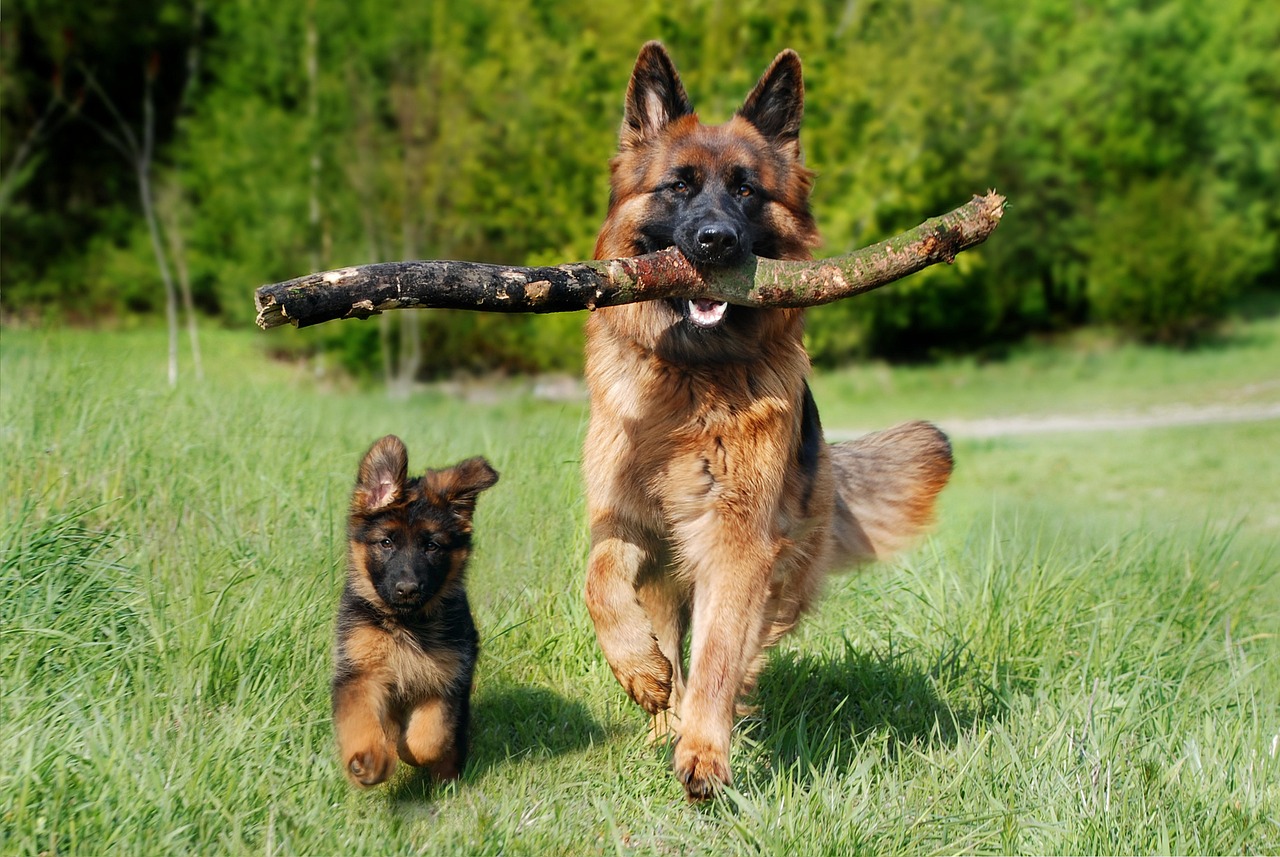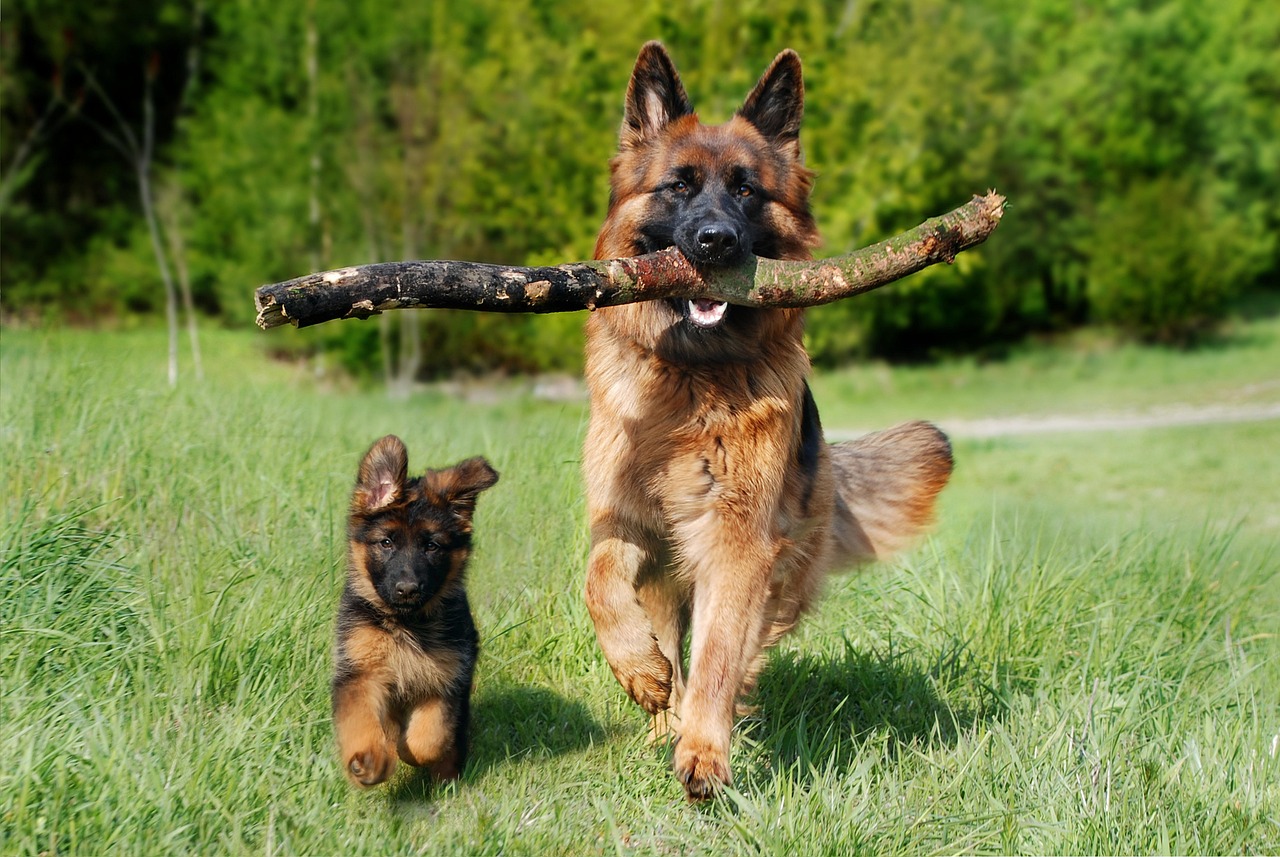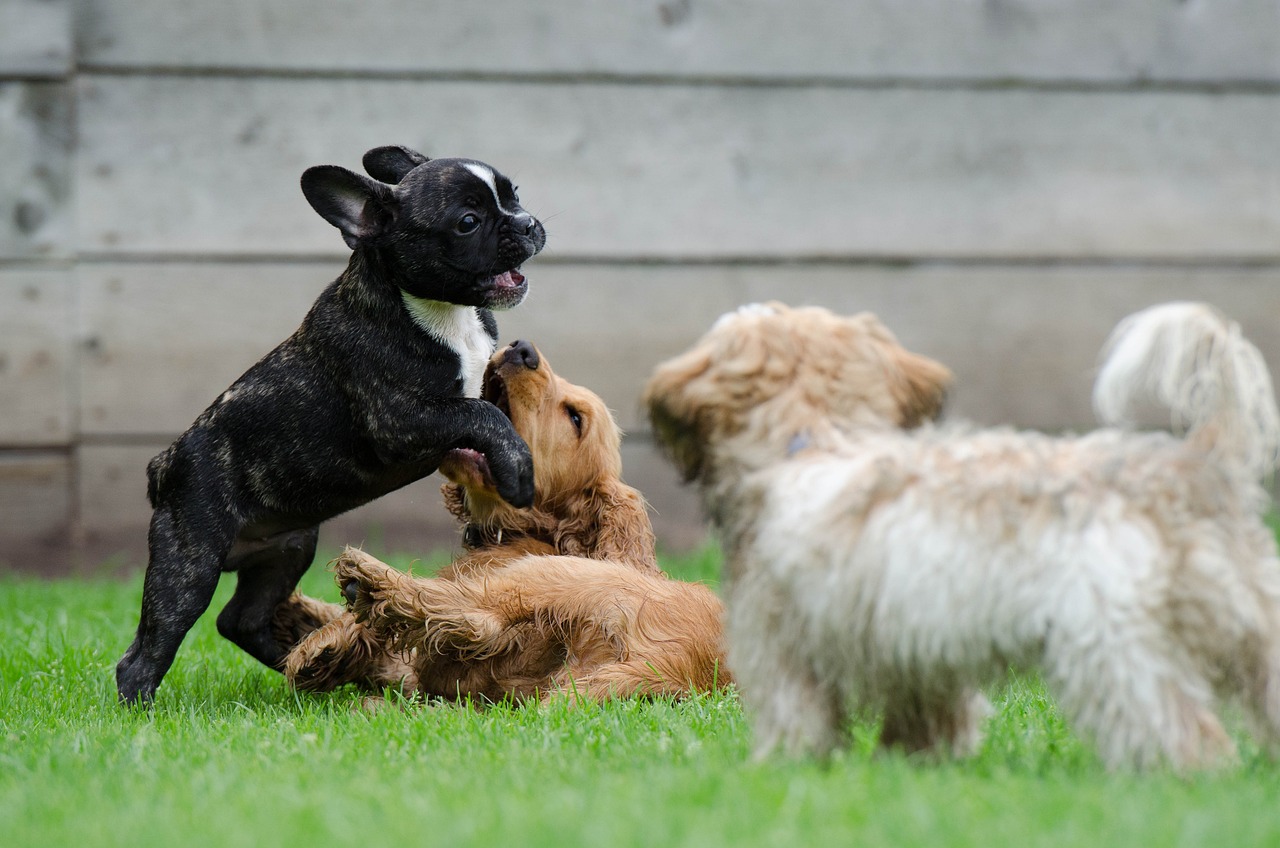Welcome to our blog dedicated to exploring the world of dog training books, or 강아지 훈련 책. Whether you’re a seasoned pet owner or a new dog parent, finding the right resources can make all the difference in building a strong bond with your furry friend. These books offer valuable insights into effective training techniques, behavioral understanding, and tips for creating a happy, well-adjusted pet. Join us as we delve into the best options available and how they can transform your training experience. Let’s explore in detail below.
Understanding Dog Behavior
The Psychology of Dogs
Understanding the psychology of dogs is crucial for any pet owner. Dogs are social animals with complex emotional lives, and recognizing their feelings can significantly enhance your training efforts. They communicate through body language, vocalizations, and even facial expressions. By observing these signals, you can better interpret what your dog is trying to convey. For instance, a wagging tail doesn’t always mean happiness; it can also signify excitement or anxiety depending on the context. Learning about canine psychology helps you respond appropriately to your dog’s needs and emotions, leading to a more harmonious relationship.
Common Behavioral Issues
Many dog owners face common behavioral issues that can be addressed through proper training techniques. Problems such as excessive barking, chewing, or separation anxiety are often rooted in a lack of understanding between the dog and its owner. Identifying the triggers behind these behaviors is essential for effective intervention. For example, if your dog barks excessively when left alone, it might be a sign of distress rather than mere mischief. Training books often provide insights into diagnosing these problems and offer practical solutions that can help mitigate them over time.
The Importance of Socialization
Socialization is a fundamental aspect of dog training that involves exposing your pet to various environments, people, and other animals. Proper socialization helps prevent fear-based reactions and aggression in unfamiliar situations. The critical period for socializing puppies is between 3 and 14 weeks of age; however, older dogs can still benefit from gradual exposure to new experiences. Books focused on socialization often outline step-by-step processes to ensure your dog learns how to interact positively with the world around them.
Training Techniques and Methods
Positive reinforcement is one of the most effective training methods recommended in many dog training books. This technique involves rewarding desired behaviors with treats, praise, or playtime, which encourages your dog to repeat those actions. The idea is simple: when your dog associates good behavior with positive outcomes, they’re more likely to engage in those behaviors again. This approach not only builds trust between you and your pet but also fosters a love for learning in your furry companion.
Clicker training is another popular method that utilizes a small handheld device that makes a distinct sound when pressed. This sound serves as a marker for correct behavior, allowing you to reward your dog immediately after they perform the desired action. Many trainers advocate for this method because it provides clarity and precision in communication with your pet. By incorporating clicker training into your routine, you can teach complex commands effectively while maintaining an enjoyable atmosphere for both you and your dog.
Leash training is essential for ensuring safe walks and outings with your dog. Many new pet owners struggle with pulling or lunging on the leash, which can make walks stressful rather than enjoyable. Training books often emphasize techniques such as loose-leash walking or using specific harnesses designed to discourage pulling without causing discomfort to the animal. Establishing good leash manners not only enhances safety but also transforms walks into pleasurable bonding experiences.
Choosing the Right Training Book
When selecting a dog training book, consider factors such as the author’s credentials and experience in canine behavior. Look for books written by certified trainers or professionals who have a proven track record of success with various breeds and temperaments. Additionally, reviews from other pet owners can provide valuable insights into whether a particular book aligns with your specific needs and training goals.
Different books may advocate various training philosophies ranging from traditional methods to more modern approaches like positive reinforcement or fear-free techniques. Understanding these different methodologies will help you choose a book that resonates with your beliefs about humane treatment and effective learning strategies for dogs.
Some training books are geared towards beginners who may need basic guidance on obedience commands and house-training tips, while others cater to advanced handlers looking for specialized skills like agility training or service dog preparation. Assessing where you fall on this spectrum will help narrow down choices that best suit your level of expertise.
Effective communication between you and your dog extends beyond just verbal commands; it also includes non-verbal signals such as body posture and eye contact. Understanding how dogs interpret these signals can dramatically improve how well they respond to commands over time. Training literature often emphasizes developing consistent cues—both verbal and physical—to create clarity in communication.

Consistency plays an integral role in reinforcing learned commands among dogs. Once you’ve established verbal cues or hand signals for particular behaviors—such as “sit” or “stay”—it’s important to use them consistently across different contexts so that your dog doesn’t become confused about what you’re asking them to do.
Different breeds exhibit varying levels of intelligence, energy levels, and temperamental traits; therefore adapting communication styles according to breed-specific characteristics can lead to more successful outcomes during training sessions. Many resources delve into understanding these nuances so owners can tailor their approach effectively based on individual canine personalities.
Establishing a daily routine provides dogs with security by setting clear expectations around feeding times, exercise schedules, playtime activities, etc., which ultimately contributes positively toward their overall well-being! Training manuals frequently highlight how incorporating structure into everyday life not only aids in behavioral management but also strengthens bonds through shared experiences during designated activities together.
Creating boundaries within the home environment helps instill discipline while teaching acceptable behaviors versus unwanted ones (e.g., jumping up on guests). Books focusing on household management techniques often provide strategies for consistent enforcement of rules without resorting punitive measures—encouraging instead an atmosphere conducive towards mutual respect between owner & pet alike!
Playtime shouldn’t merely be seen as leisure—it offers tremendous opportunities for learning! Engaging games such as fetch or hide-and-seek stimulate mental engagement alongside physical activity promoting overall fitness levels too! Many guides emphasize utilizing playful interactions during teaching moments since they foster enthusiasm while reinforcing desired skills seamlessly integrated throughout daily life together!

Aggression in dogs poses significant challenges requiring careful handling by owners seeking guidance through reputable sources dedicated specifically towards addressing aggressive tendencies among pets effectively! Understanding underlying causes behind aggressive behavior—be it fear-based reactions or territorial instincts—is paramount before embarking upon remedial measures tailored accordingly based upon expert recommendations found within specialized literature available today!
In conclusion
Understanding dog behavior and employing effective training techniques are essential for building a strong bond with your pet. By recognizing their emotional needs and communication signals, you can address common behavioral issues and create a positive learning environment. Choosing the right training resources tailored to your dog’s specific needs will help you achieve success in your training endeavors. Ultimately, patience and consistency will lead to a well-behaved and happy canine companion.
Extra useful details
1. Dogs thrive on routine; establish a consistent daily schedule for feeding, walks, and playtime.
2. Always use positive reinforcement to encourage good behavior instead of punishment.
3. Socialization is crucial; expose your dog to different environments and other animals early on.
4. Make training sessions short and fun to keep your dog engaged and motivated.
5. Regularly review training materials or seek professional help if challenges arise during the training process.
Summary of key points
This guide emphasizes the importance of understanding dog behavior through their psychology, common behavioral issues, and effective training methods such as positive reinforcement and clicker training. It highlights the significance of socialization, establishing routines, setting boundaries at home, and addressing specific challenges like aggression or separation anxiety. By utilizing appropriate resources and maintaining clear communication with your pet, owners can foster a loving relationship that leads to successful training outcomes.
[Related posts with similar topics]






